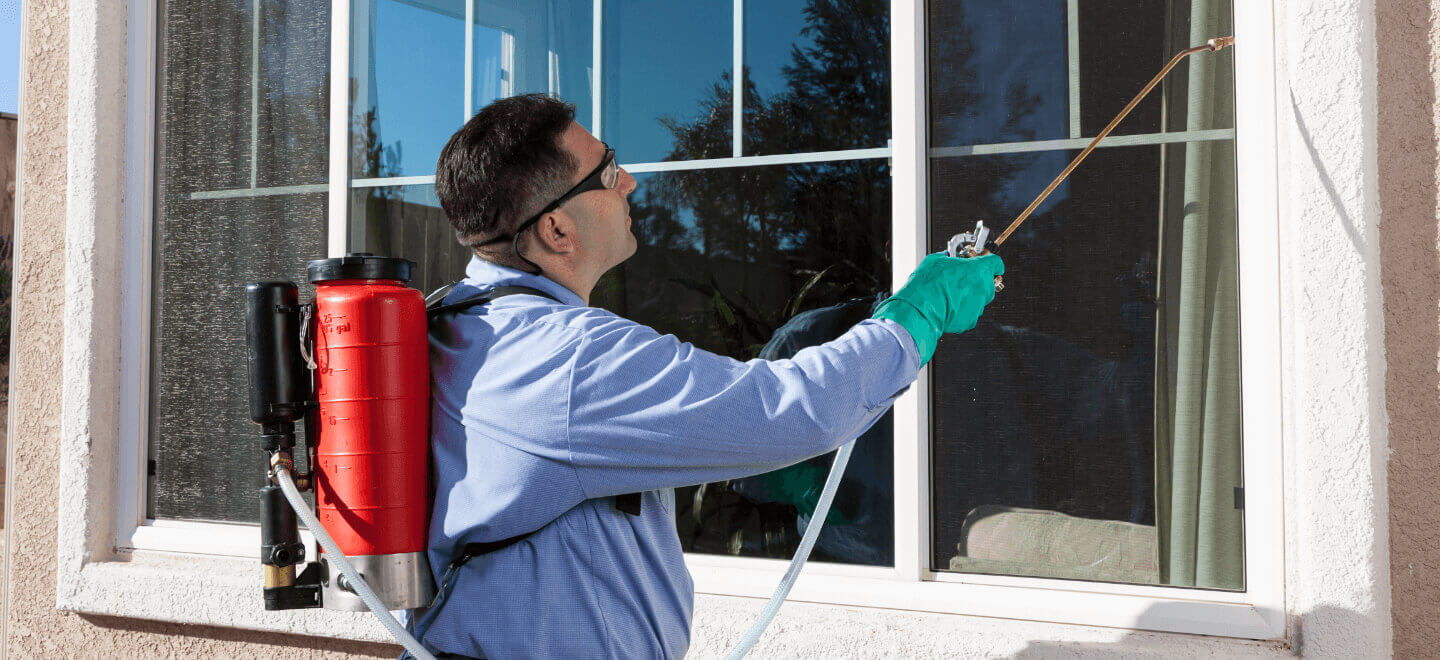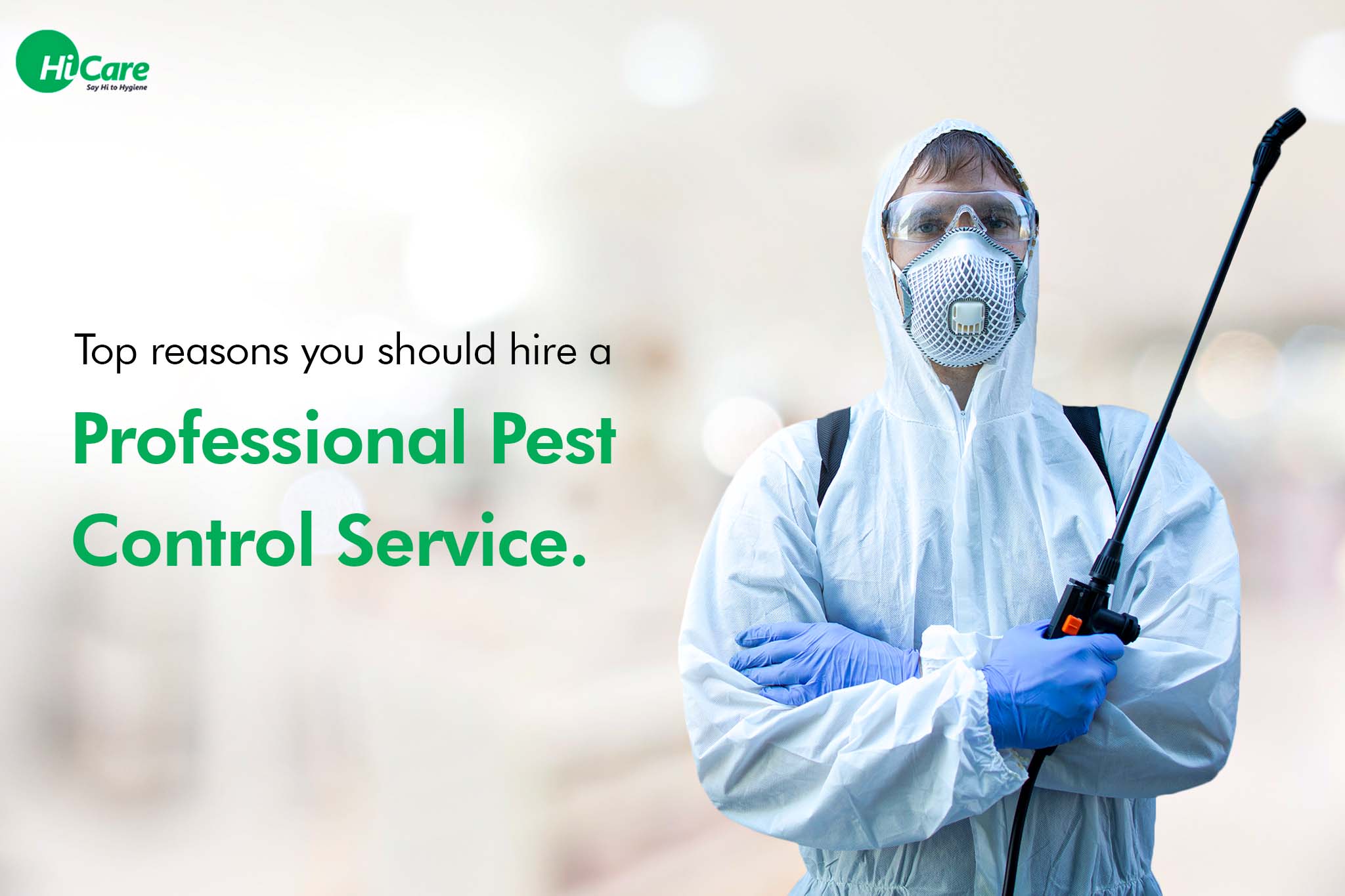A1 Bed Bug Exterminator Charlotte - Specialized Bed Bug Elimination
A1 Bed Bug Exterminator Charlotte - Specialized Bed Bug Elimination
Blog Article
Bed Insect Treatment Break Down: Comparing Chemical Vs. Non-Chemical Solutions
In the world of insect control, particularly when taking care of the relentless concern of bed insects, the choice in between chemical and non-chemical treatment services can be a crucial one. Both methods provide distinctive advantages and downsides, influencing aspects such as performance, safety and security factors to consider, and general cost. By checking out the nuanced details of each method, a more clear understanding of which path to go after in dealing with a bed insect infestation can be acquired.
Efficiency of Chemical Therapies
Chemical therapies for bed insect invasions have been commonly acknowledged for their powerful and fast effectiveness in eradicating these insects. When thinking about the performance of chemical treatments, it is critical to understand that they can offer a extensive and quick solution to a bed bug issue.
Additionally, chemical treatments have the advantage of supplying recurring effects, suggesting that they can proceed to get rid of bed insects even after the initial application. This residual action is particularly beneficial in combating any kind of possible re-infestations. Furthermore, the fast action of chemical treatments can bring alleviation to individuals dealing with extreme bed insect infestations, allowing them to reclaim control of their space quickly.
Security Concerns With Chemical Solutions
One critical aspect that requires careful consideration when utilizing chemical solutions for bed insect therapy is making sure the security of passengers and the atmosphere. Exposure to specific chemicals used in bed bug treatments can lead to respiratory system concerns, skin irritation, or various other damaging responses, particularly in individuals with pre-existing conditions or level of sensitivities.
Additionally, the environmental impact of chemical solutions is an additional significant factor to consider. Some chemicals utilized in bed bug therapies may be unsafe to useful bugs, wildlife, and ecological communities if they leach right into the soil or water supply. It is vital to use chemical treatments judiciously, adhering to security standards, and considering less poisonous alternatives to mitigate these risks and make certain the efficient and safe monitoring of bed insect infestations.
Benefits of Non-Chemical Strategies
Taking into consideration the possible safety and security concerns and environmental effect linked with chemical remedies for bed pest therapy, discovering non-chemical approaches presents a promising alternative with several distinct advantages. Non-chemical therapies are ecologically friendly, as they do not contribute to air or water contamination, making them a lasting selection for parasite control.
Additionally, non-chemical remedies can be reliable in targeting bed pests, including hard-to-reach locations where chemical therapies may not permeate. Methods such as warmth therapy, vacuuming, heavy steam cleaning, and mattress coverings offer comprehensive removal without the use of damaging chemicals. Additionally, non-chemical methods can be less turbulent, needing marginal prep work and permitting quicker reentry right into dealt with areas. On the whole, deciding for non-chemical bed pest treatment methods not just focuses on safety and security and ecological protection yet likewise guarantees efficient and comprehensive pest control.
Limitations of Non-Chemical Treatments

In addition, non-chemical therapies frequently need multiple applications to achieve effective removal. This can be time-consuming and might not always assure total elimination of all bed bugs and their eggs, specifically in covert or hard-to-reach areas.
Moreover, the success of non-chemical treatments greatly relies upon proper application and thoroughness, which can be challenging for individuals without professional competence. Inadequate application of non-chemical techniques might lead to insufficient removal, leading to relentless infestations and the requirement for additional treatments.
Consequently, while non-chemical therapies have their benefits, it is important to recognize these limitations and consider them when figuring out one of the most efficient approach for handling bed insect problems.
Expense Comparison: Chemical Vs. Non-Chemical Options
Given the restrictions related to non-chemical treatments, a necessary facet to evaluate in the context of bed insect monitoring is the cost comparison between chemical and non-chemical choices. Chemical therapies typically include the application of pesticides by specialists, which can range from $250 to $900 per room, depending upon the extent of the infestation and the size of the area to be dealt with. On the other hand, non-chemical treatments like warmth treatment or heavy steam can be a lot more expensive, with expenses ranging from $1,000 to $6,000 for a whole home. While the preliminary cost of chemical treatments might seem lower, multiple therapies might be required to fully eliminate the invasion, potentially enhancing the total cost. On the other hand, non-chemical options may provide a more green and sustainable service, although they can be cost-prohibitive for some individuals. Ultimately, when taking into consideration the cost of bed bug therapy alternatives, it is very important to consider the ahead of time expenses against the effectiveness and lasting sustainability of the picked technique.
Final Thought

Thinking about the prospective security concerns and ecological effect associated with chemical remedies for bed insect treatment, exploring non-chemical approaches provides a promising choice with a number of distinct benefits.Provided the restrictions linked with non-chemical treatments, an important facet to review in the context of bed insect management is the price comparison in between chemical and non-chemical options. In contrast, non-chemical therapies like warmth treatment or heavy steam can be more costly, with prices ranging from $1,000 to $6,000 for a whole home. While the initial price of chemical treatments might appear lower, several therapies may be called for to fully remove the infestation, potentially boosting the general expense.In verdict, when contrasting chemical and non-chemical bed bug treatment choices, it is important to think about efficiency, safety, benefits, restrictions, and expense.
Report this page